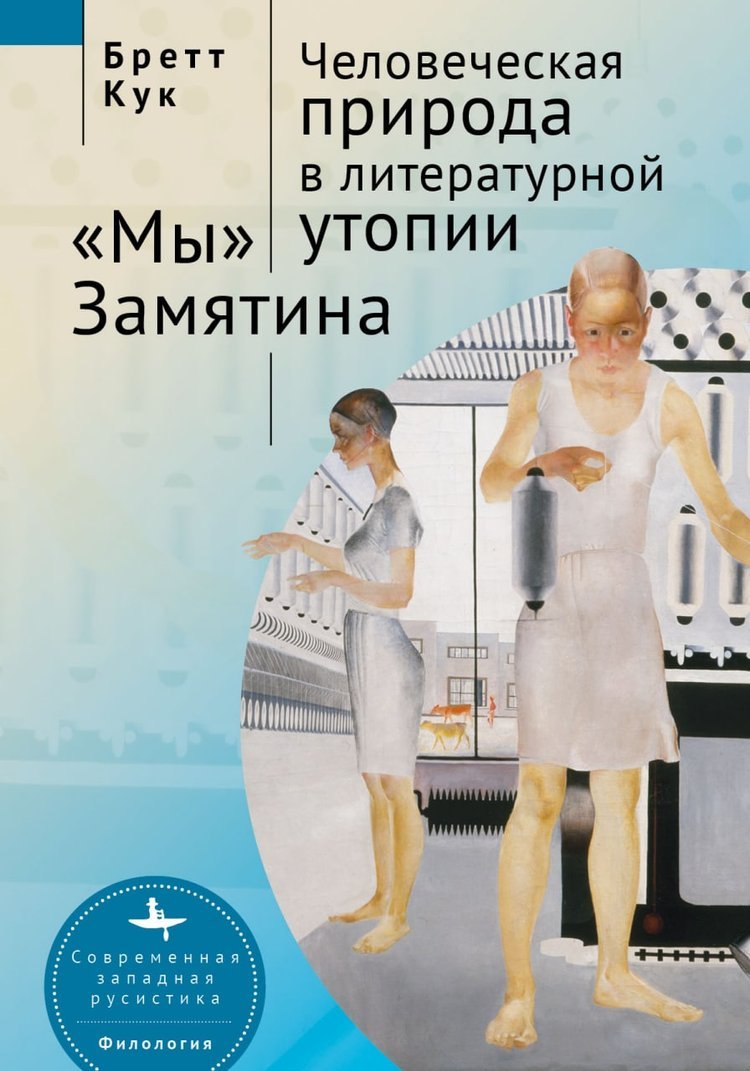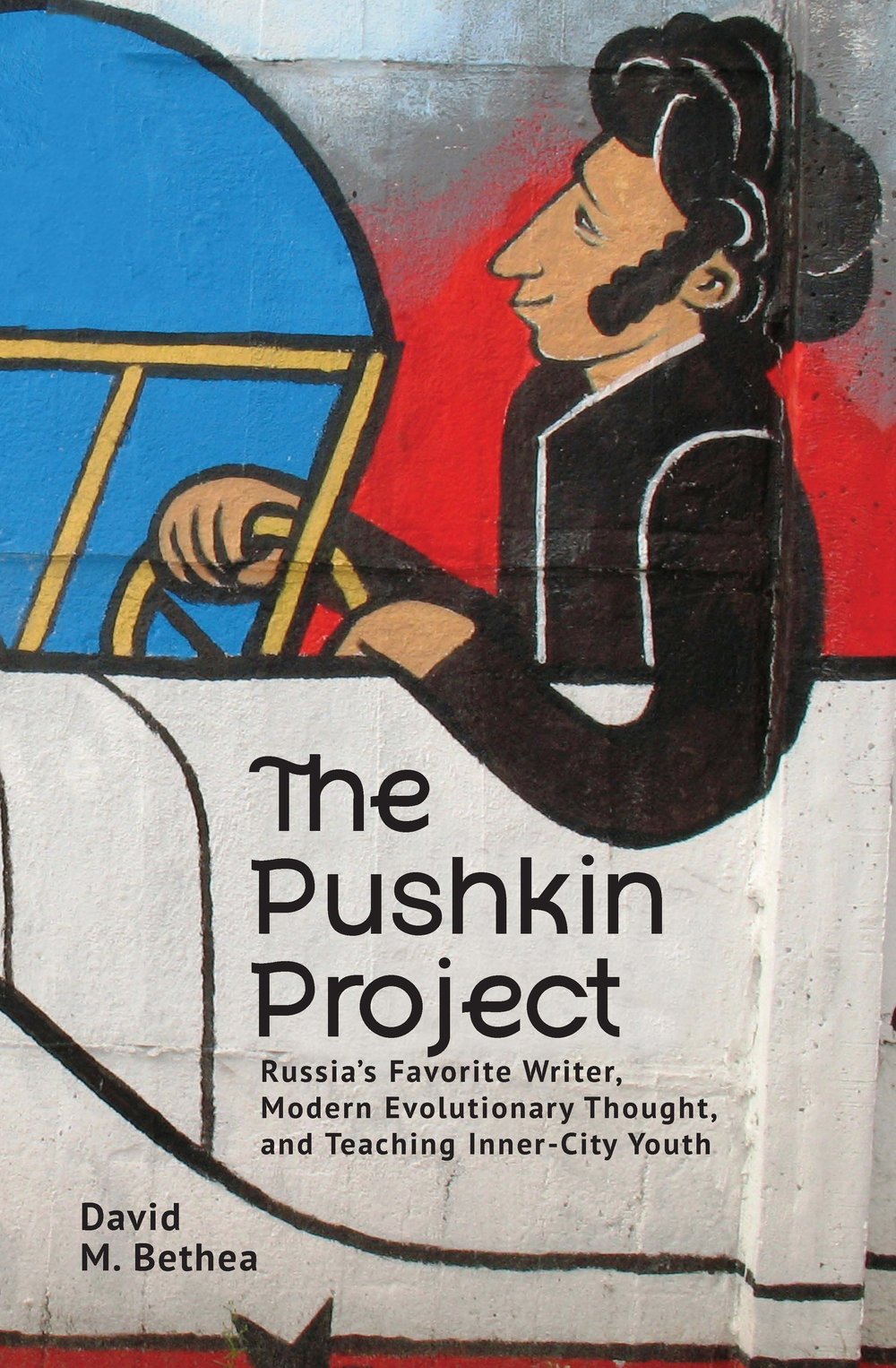Tolstoy’s Family Prototypes in "War and Peace"
What were the consequences of Tolstoy’s unusual reliance on members of his family as source material for War and Peace? Did affection for close relatives influence depictions of these real prototypes in his fictional characters? Tolstoy used these models to consider his origins, to ponder alternative family histories, and to critique himself. Comparison of the novel and its fascinating drafts with the writer’s family history reveals increasing preferential treatment of those with greater relatedness to him: kin altruism, i.e., nepotism. This pattern helps explain many of Tolstoy’s choices amongst plot variants he considered, as well as some of the curious devices he utilizes to get readers to share his biases, such as coincidences, notions of “fate,” and aversion to incest.
Brett Cooke is Professor of Russian at Texas A&M University. He is the author of Pushkin and the Creative Process, and Human Nature in Utopia: Zamyatin's We and editor or co-editor of Sociobiology and the Arts, The Fantastic Other, Biopoetics: Evolutionary Explorations in the Arts, Critical Insights: War and Peace, and, recently, Evolution and Popular Narrative.



